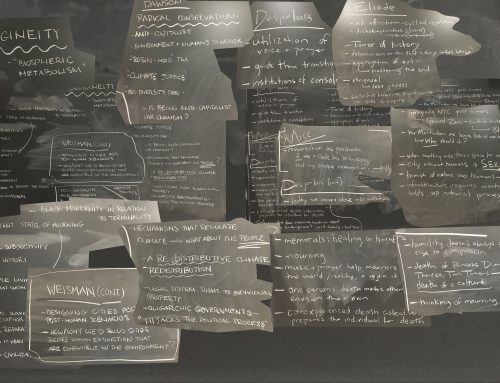Group: Armando Dollero, Ousmane Sow, Oscar Fossum
Our group was interested in understanding extinction from a philosophical standpoint. For example, what is the significance of extinction to humans (subjectively), and is there any significance to extinction on an objective level? Instead of tackling such large questions in today’s group research project, we decided to investigate the importance of a singular species as an illustrative example for why humans might be concerned about extinction. Specifically, our question is: why should we care about the plight of the Panamanian tree frog species described in Kolbert’s journalistic piece “The Sixth Extinction?” in the New Yorker.
Before focusing on the frog specifically, we wanted a metric to evaluate how we gauge the importance of preventing extinction.
To do this, we would first go to an international nonprofit or reputable source to find a list of metrics for determining the value of preserving and preventing species from extinction. Endangered.org — a nonprofit focused on promoting laws from the Endangered Species Act — lists the primary concerns for extinction as follows:
Ecological importance
Medical importance
Aesthetic
Recreational
Agricultural
Surely we could find more metrics to evaluate the importance of the tree frog, but as a quick research exercise, we found this list sufficient. Moving towards the specific, we went to the nonprofit webpage of the research group doing work on preserving endangered frog species that Kolbert identified in her paper, the El Valle Amphibian Conservation Center (EVACC).
Browsing through the EVACC website, we determined that the Golden Tree Frog, as well as other amphibians are deemed important primarliy through a lens of aesthetics, and national identity (the golden tree frog is the national animal of Panama). We find this an insufficient (facetious) fact alone to preserve an entire species, and would like to pursue research in where else their funding originates (i.e. special interests not publicized).

Recent Comments